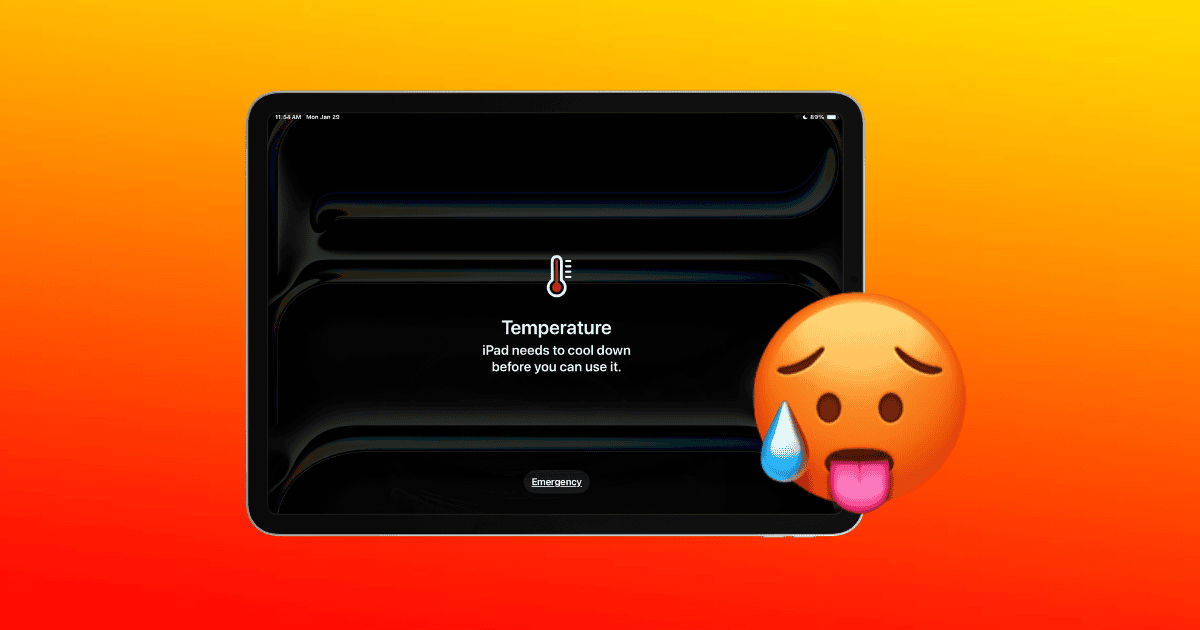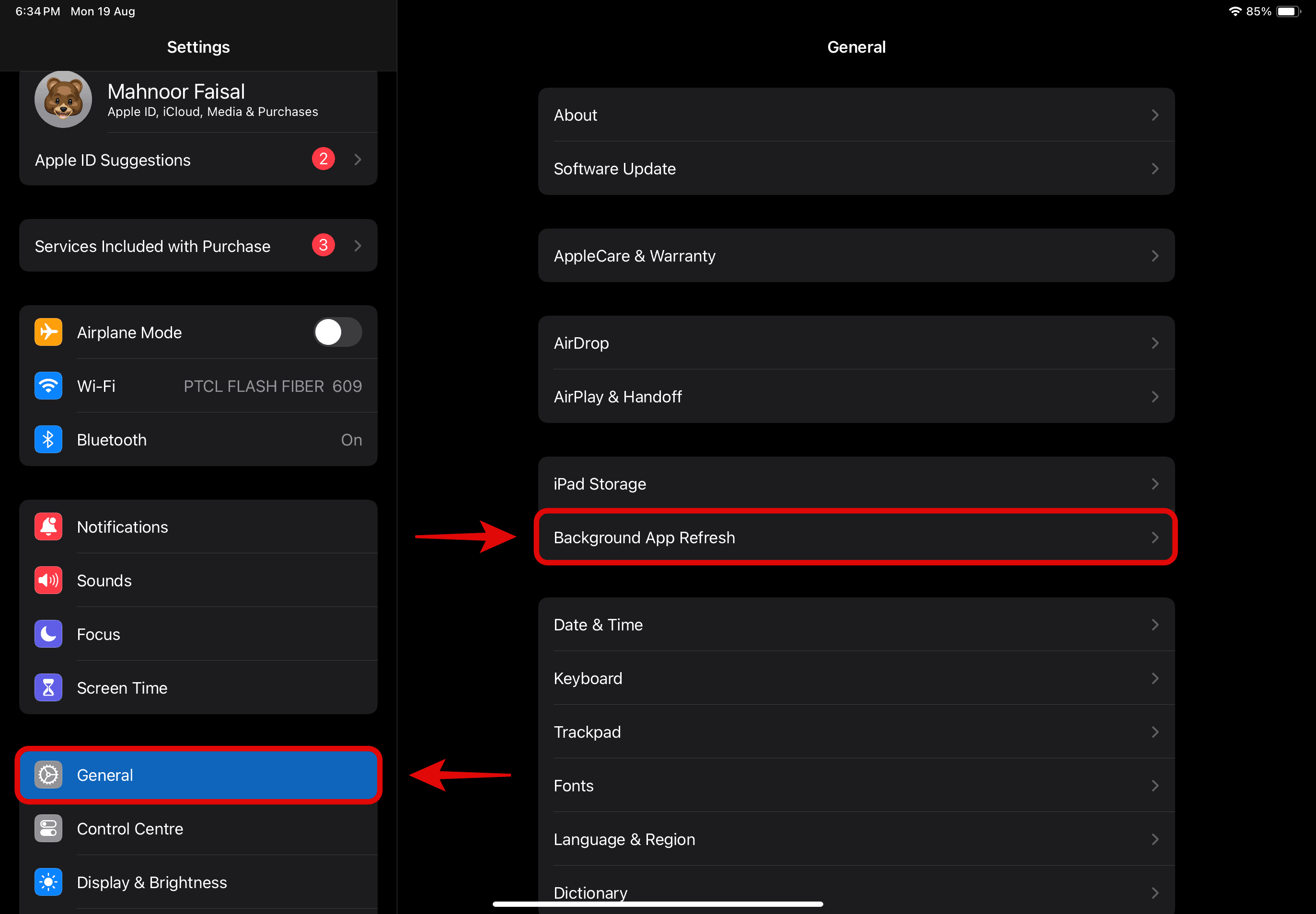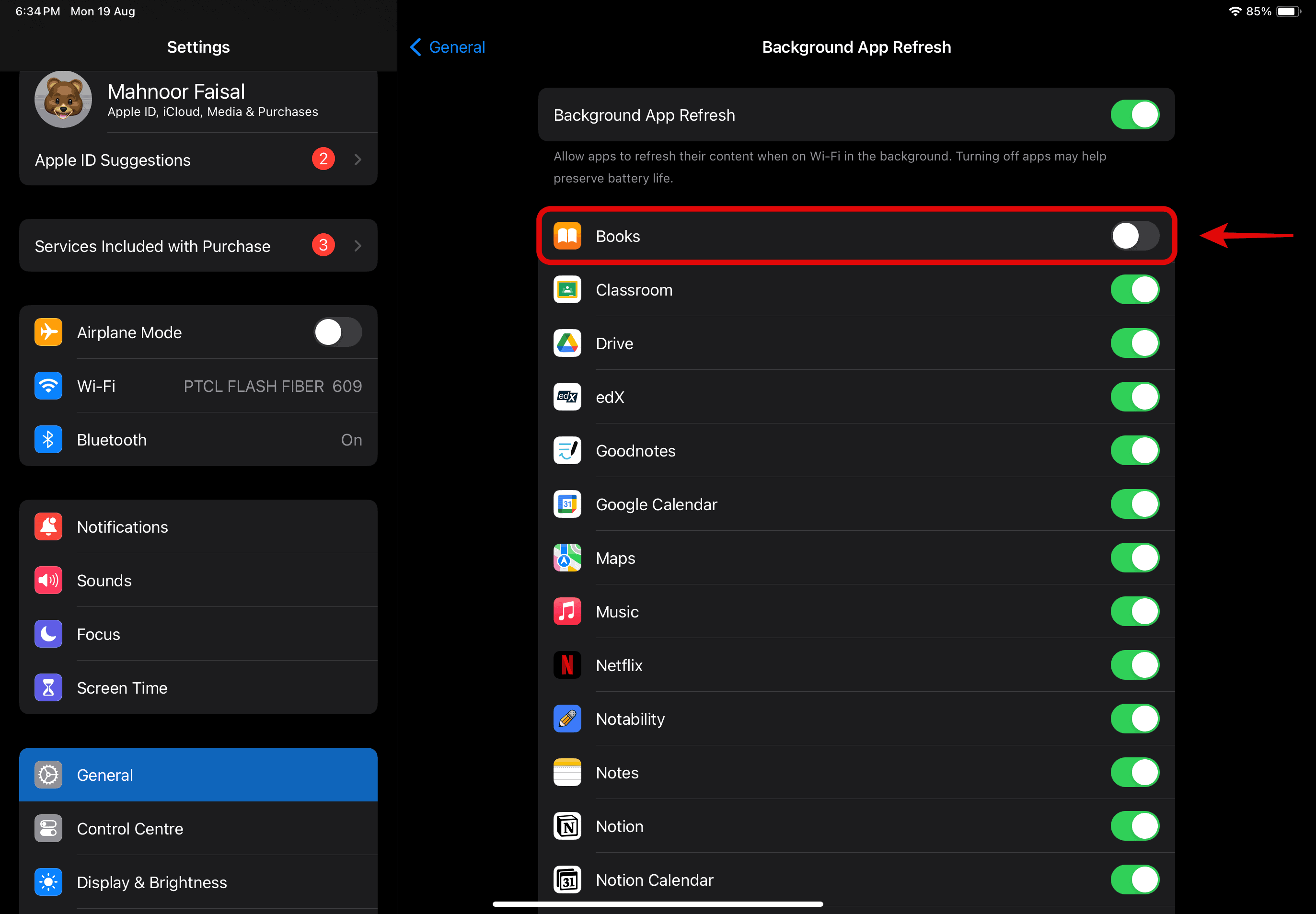The iPad Pro M4 is an exceptional device that offers a powerful processor in an extremely thin enclosure. While the thin design makes the device more appealing, several users have reported that their new tablet is overheating after using it for just a few minutes. If you are facing a similar issue with your device, this guide will explain the possible reasons behind it and offer ways to fix it.
Why Is My New iPad Pro M4 Overheating?
There are several factors that might contribute to the issue. The ambient temperature around the iPad might be higher than usual or there could be issues with the apps or the case you are using. Likewise, a software or hardware issue might be causing battery inefficiencies.
10 Ways To Prevent M4 iPad Pro From Overheating
If you are lucky and your iPad is overheating merely because of a temporary software glitch, you will be able to resolve this issue by restarting it. However, if that does not help, you may want to try one of these solutions:
1. Use Your iPad in a Cooler Environment
The environment in which you operate your iPad Pro plays a significant role in regulating its temperature. Apple’s user guide for the iPad states that the device is designed to work in ambient temperatures ranging between 32° and 95° F (0° and 35° C). This means that if you are using your iPad under direct sunlight or in a warm environment, it can start to overheat rather quickly.
The best solution to fix this issue would be to use your device in cooler environments, preferably away from direct sunlight.
2. Don’t Use the iPad When It is Charging
It is common for devices to get toasty when they are connected to power sources. If are using the iPad while it is charging, you may be putting unnecessary strain on the battery. It is recommended that you leave your device idle when it is charging to keep the temperature in check and prevent battery degradation.

3. Unplug Power Hungry Accessories
Do you frequently find yourself using accessories like an external disk or a USB-C dongle? If yes, it is probably consuming way too much power and causing your device to overheat. You can try unplugging such power-hungry accessories from your iPad to see if that fixes the issue.
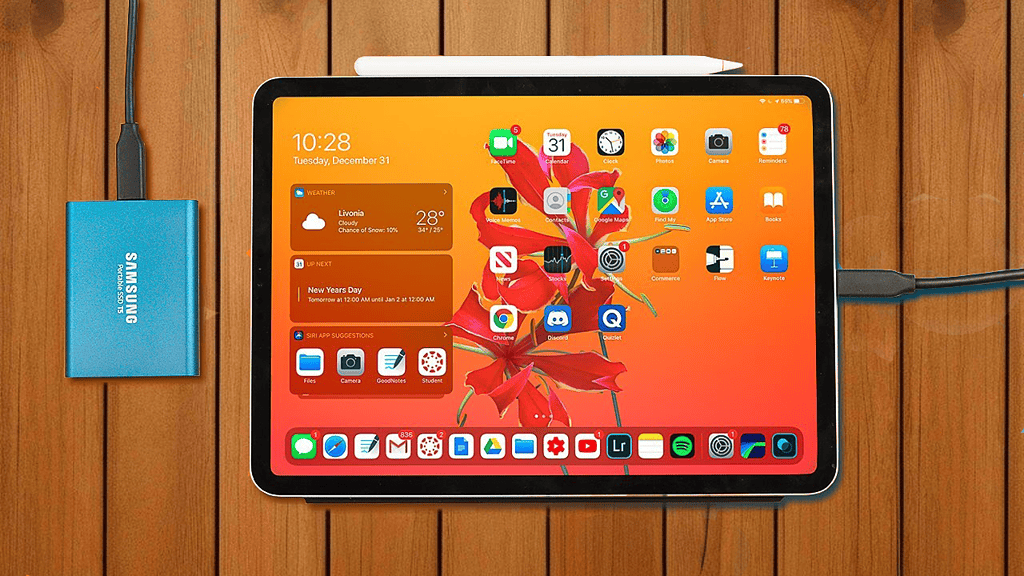
4. Try Turning Down the Brightness
The M4 iPad Pro features a top-of-the-line tandem OLED display that is capable of going as bright as 1600 nits. While that is great when you are outdoors, using your iPad with the brightness turned all the way up for extended periods can cause it to feel warm.
Turning down the brightness to around fifty percent or lower can help reduce the power consumed by the display. To do this, simply open the Control Center on your iPad and swipe down on the brightness slider.
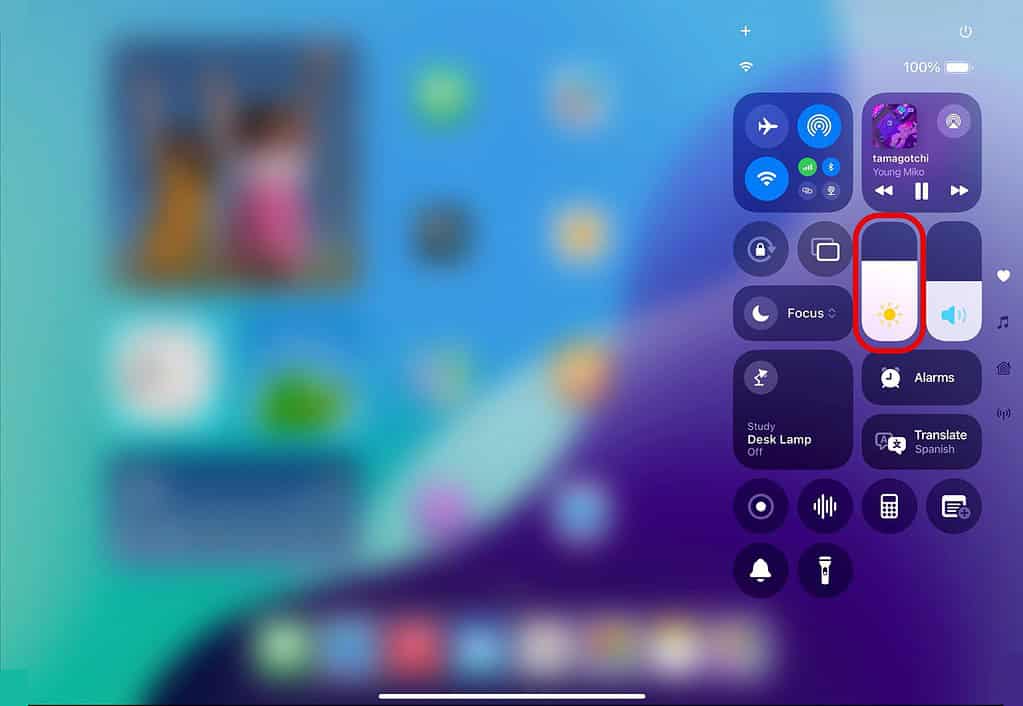
5. Replace Your iPad Case
The type of case you are using can also affect the thermals by preventing heat from dissipating into the surroundings. Some cases, especially thicker ones that are made from materials like leather, can trap heat.
You can easily prevent this issue by replacing your current case with one made from thinner, heat-dissipating materials. Alternatively, you can remove the case whenever you are planning to perform hardware-intensive tasks like rendering videos or gaming. That is if you are fine with using your iPad without a case and leaving it exposed to accidental damage.
6. Close Unused Apps on Your iPad
The iPad M4 chipset is a beast when it comes to multitasking. However, this doesn’t necessarily mean you can be careless and leave multiple resource-heavy apps open at the same time. I recommend closing the apps that you are not actively using to minimize the unnecessary load on the processor and keep the temperature under control.
To do this, swipe up from the bottom of the screen to access the App Switcher and swipe up on the app you want to close.
7. Turn Off Background App Refresh
Some apps continue to run in the background even after you completely close them from the App Switcher and keep consuming power. This can increase the overall temperature of your iPad Pro. Fortunately, you can easily prevent this by turning off Background App Refresh as explained below:
- Open the Settings app and navigate to General > Background App Refresh.
- Toggle off Background App Refresh for individual apps as per your requirements.
- If you want to turn the feature off for all apps, toggle off Background App Refresh.
8. Check for App Optimization Issues
Unoptimized apps often consume way too much power. For instance, several users on Apple’s Support forum have reported that using Procreate causes their devices to overheat.
If you think this is what’s causing the issue on your device, you can try finding alternative apps that fulfill your requirements without the optimization issues. However, if you can’t find replacements for certain apps, there’s nothing you can do about this. You can just hope that the developer addresses the issue in a future app update.
9. Install the Latest iPadOS Update
Installing the latest iPadOS version can also be an effective solution in a few instances.
Apple regularly rolls out software updates to address bugs and optimize the performance of their devices. Therefore, it is possible that updating your iPad might resolve bugs related to power management, reducing the overall power consumption of the device.
10. Call Apple for Technical Support
You should be able to cool down your iPad easily by using a combination of the solutions listed above. However, if they do not work for you, there may be a software or hardware issue behind this, and you must contact Apple for technical support.
If your iPad is acting up due to software issues, you might be instructed to factory reset your iPad. However, if that does not help, you would need to visit the nearest Apple Store and get your device checked for potential battery or other hardware issues.
